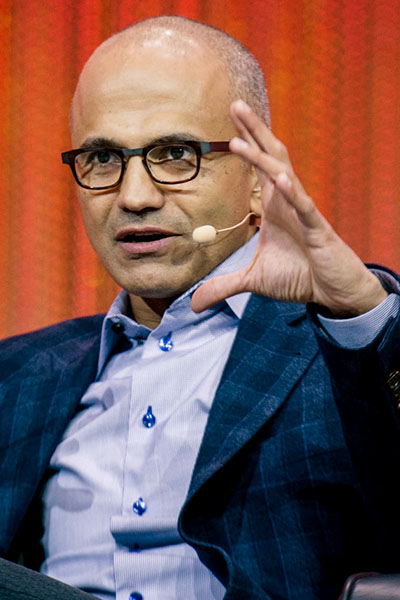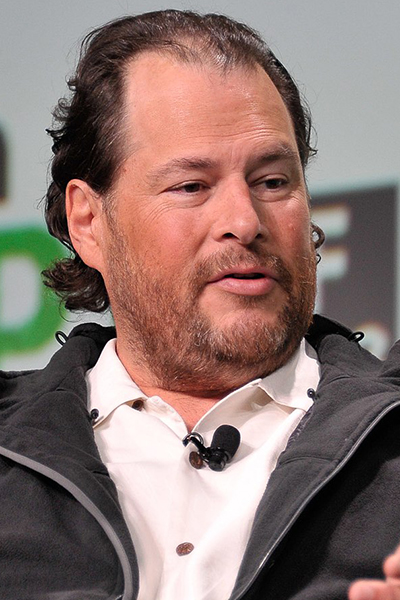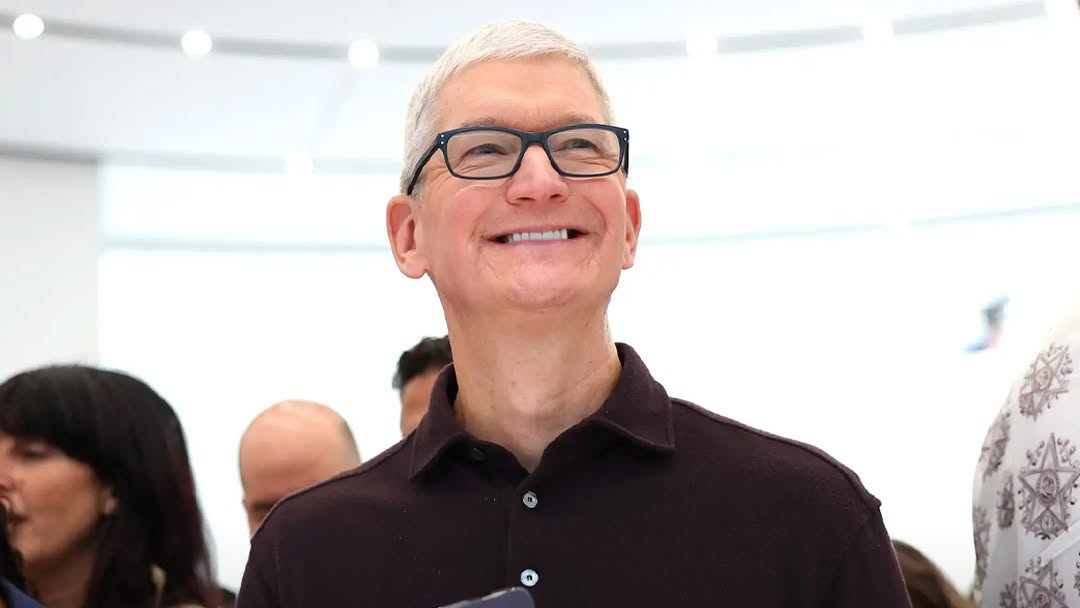Wellness as Leadership: How CEOs Drive Performance Through Well-Being
Corporate leadership is undergoing a fundamental shift. The most forward-thinking CEOs no longer view employee wellness as an HR checkbox, but as the foundation of organizational resilience and competitive advantage. Research from Harvard Business Review reveals that companies prioritizing well-being outperform peers by 19% in profitability metrics, while Gallup data shows teams with strong wellness cultures demonstrate three times higher engagement. This isn't coincidence—it's causation.
The Business Case for Wellness Leadership
At Microsoft, Satya Nadella transformed company culture by making mindfulness a leadership requirement rather than an optional perk. After his personal experience using meditation to navigate his son's health challenges, he implemented brainwave-tracking technology in executive training programs. The results speak for themselves: 37% improvement in employee well-being scores and measurable gains in decision-making speed during crises.
The financial argument is equally compelling. Deloitte analysis shows every dollar invested in comprehensive wellness programs yields $4.30 in healthcare savings and productivity gains. At JPMorgan Chase, executives participating in the firm's biomarker-based performance program demonstrate 15% better crisis response times—a figure that directly correlates with trading floor results.

Photo: LE WEB PARIS 2013 - CONFERENCES - PLENARY 1
How Top CEOs Are Implementing Wellness Strategies
Salesforce's Marc Benioff took a radically transparent approach by building mental health support directly into operational rhythms. Today, Salesforce offers unlimited therapy sessions through Lyra Health while training managers to spot early burnout signals. The strategy reduced burnout-related turnover by 31% in two years—proving that psychological safety drives retention.
Arianna Huffington's transformation of Thrive Global's culture demonstrates another successful model. After her own collapse from exhaustion, she instituted company-wide sleep hygiene protocols including email curfews and meeting-free zones. Employees now report 22% higher focus levels, while client organizations adopting these practices see meeting productivity jump by 41%.

The Three Pillars of Effective Wellness Leadership
-
Visible Commitment from the Top
When Tim Cook starts his day with 5 AM workouts or Jeff Bezos prioritizes eight hours of sleep, they're establishing cultural norms, not just personal habits. Google's meeting efficiency standards (which found 62% of meetings could be emails) demonstrate how operational changes reinforce these values.

-
Data-Driven Personalization
Emerging technologies are removing guesswork from wellness strategy. AI platforms like Humu analyze communication patterns to predict team burnout risks weeks in advance, while wearable data helps organizations like Unilever customize stress interventions. -
Structural Integration
The most effective programs embed wellness into daily workflows. LinkedIn's mandatory vacation verification system and Asana's no-meeting Wednesdays prove that policy changes drive lasting behavior change more effectively than standalone perks.
The Future of Performance-Focused Wellbeing
As workforce expectations evolve, the choice becomes clear: companies that embed well-being into their leadership DNA will attract top talent, drive innovation, and build sustainable success. Those that don't will face rising attrition and eroding competitiveness. The data leaves no room for debate—in today's business landscape, wellness isn't just good for people, it's essential for performance.
Related: The ROI of Recovery: How Mental Wellness Drives Leadership Performance
Related: The Rise of Integrative Wellness in Aesthetic Recovery Protocols














